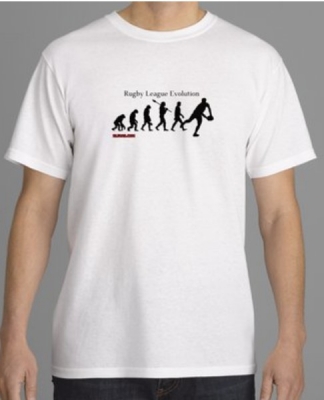Re: Photography thread 11.02 : Mon Jul 13, 2015 7:26 pm
Those are not bad photographs. Did you shoot native jpeg or convert from RAW?Generally speaking the software you get with the camera is pretty good at RAW conversion. Technically speaking it should provide better results than Adobe Camera Raw (which is the plug-in for both Elements and Photoshop) because it is the manufacturer's own software. No one knows the peculiarities of how cameras create RAW files better than makers so the algorithms used should be the most finely tuned of the lot. I say SHOULD because these days Canon & Nikon etc. tend to palm bundled software off to third-party developers in whose hands pretty much anything can happen.
Adobe Camera Raw is a superb piece of software, tho. I mean, it's entirely possible to handle ALL post-processing within this plug-in (including more complex activities such as airbrushing, adding neutral density filters, gradients, masks, lens correction, perspective shifts etc.) without ever needing to drop the image into the parent software (whether it be Elements of Photoshop).
On the subject of lenses. Thirty years ago you'd certainly think twice about using third-party non-proprietary lenses such as Tamron or Sigma. Very often the reverse-engineering process which allowed them to "talk" to the camera and work in unison with the camera's highly sensitive light-metering systems was flawed to say the least. Worse still the lenses themselves yielded all kinds of unwanted effects such as image distortion and chromatic aberration.
These days, however, the build quality is significantly better. Sigma, Tamron, Tokina etc. all use high-precision laser C&C to cut their bodies and glass down to very precise tolerances. I have a couple of the higher-end Sigma "EX" lenses and the build quality is definitely as good if not better than standard Canon lenses - if not quite up to Canon's pro series. Unless you are really, really picky about geometric distortion it's perfectly possible to get by with even entry level stuff right up to professional level.
I mean, I have several very expensive pro-level "L" series Canon lenses. Whilst they yield demonstrably cleaner images with better bokeh, lower chroma etc. I could easily live without all of such. The only drawback to entry level and third party lenses is build quality. Canon's "L" series are built to last with all-metal bodies and full weatherproofing. That's something I can't do without when I'm shooting professionally outside in bad weather. And you have the confidence in knowing that if you drop them on the floor they are not going to explode into a million pieces. It's the same story with my cameras. I could quite easily get by using a 700D or whatever they are named these days. But these polycarbonate bodies just can't match the durability of my Canon 7D and 5D MKII.
One welcome development in the field of photography is the arrival of the Chinese and their heavily subsidised equipment. For years Chinese equipment was nothing short of a joke. But recently they've really got their act together. A good example would be Yongnuo and their astonishingly cheap flashes and transmitters.
For years if you wanted to buy a decent Canon flash you either had to fork out £220+ for the standard models and anywhere up to £500 for their top end stuff. Meanwhile a set of professional wireless triggers would set you back the best part of £800.
Admittedly the Yongnuo stuff isn't built to the same rock-solid Canon standard. But they are close. And getting closer. However, it's on COST where Yongnuo really kick ass. For the price of ONE of Canon's top end flashes I can probably buy EIGHT Yongnuo strobes all with built in wireless receivers. Sure, they won't last as long but who cares? Break one and you've still got another seven left in the bag.









